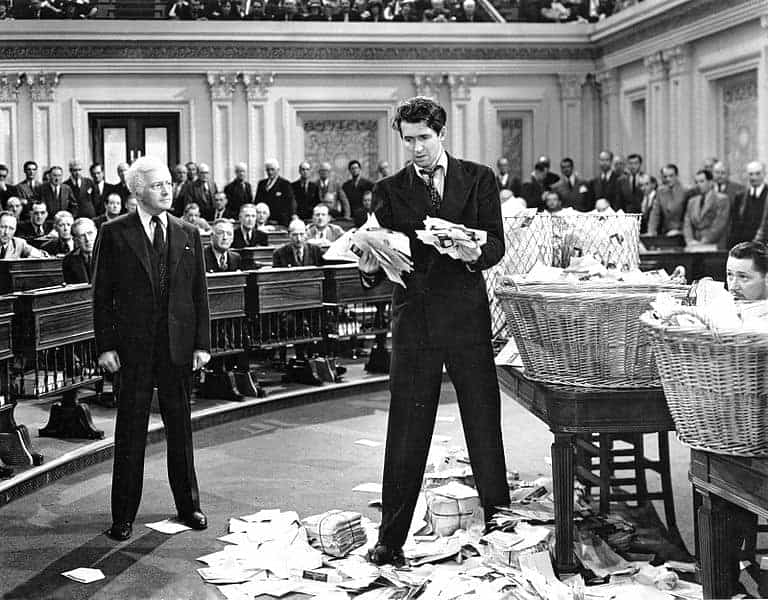From the inception of film historical events and melodramas were popular subjects. Films more often than not distorted history, with dramatic license taken by writers, directors, and producers. After all, films are made for the purpose of entertainment. Filmmakers had no mandate to produce movies which adhered to the historical record. Regardless, films are a useful window into the past. Even those films which were made reflecting contemporaneous life and events provide us with a record of the era in which they were made. From viewing them an image of daily life and the problems encountered by everyone as they went about their business emerges.

Films made in the past offer a visual time capsule of their era. What people read, ate and drank, how they entertained themselves and each other, what they thought, how they lived, all aspects of life appear on the screen. Regardless of the film’s theme and storyline, they offer glimpses into the past. Mysteries, dramas, comedies, westerns, war films, even horror films, all contain lessons in history. Here are some examples of history presented in films which were never intended by their creators to reflect historical facts.
1. The world relied on newspapers for information

From the 1930s through the end of the 20th century, a glance at any film made about its time reveals the extent of the influence on newspapers in daily life. The spinning newspaper revealing headlines furthering the film’s plot became a cliché. Characters in all categories of movies turned to newspapers for information and entertainment. Newsboys hawked newspapers in the streets. Vendors and newsstands appeared as plot devices. Characters performing in the film’s story eagerly sought out newspapers to read the reviews of their plays, films, or concerts. Scenes depicting passengers on trains or airplanes displayed them reading newspapers or magazines.
In 1968’s Bullitt Steve McQueen, portraying the title character, a police officer, stole a newspaper from a vending machine when he couldn’t find the correct change. In 1944’s The Fighting Sullivans, the brothers and their father are relaxing with the Sunday paper when they hear of the attack on Pearl Harbor. Newspapers in films depict the complete reliance people once had upon them, in cities and in small towns, in diners, on park benches, and in corporate offices. As the 20th century waned newspapers continued to feature in films and on television. On the classic television show All in the Family, for example, Archie Bunker’s chair and newspaper – The New York Daily News – were featured in most episodes.
